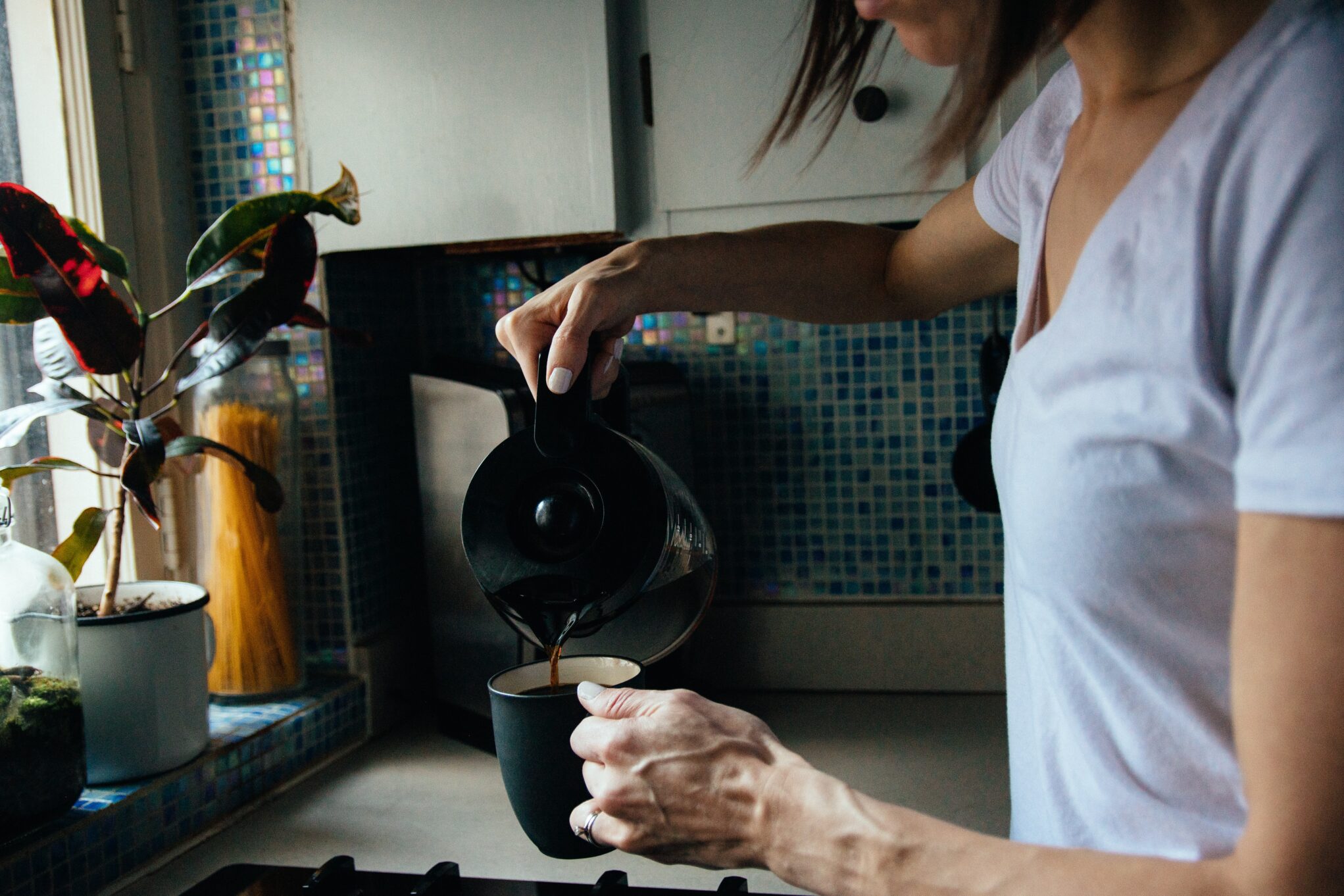What is Reiki?
Reiki is an energy modality that helps to move energy through the body. We exist as both physical and energetic bodies, disturbance with energy can perpetuate ailments and aches even when traditional treatments should be helping. A Reiki practitioner doesn’t give or take energy away but is a conduit by which the client has energy moved about within the body, creating balance in the energetic system.
What happens in a Reiki Session?
You will speak to your practitioner initially to let them know what is going on and what has brought you to your Reiki treatment. Clients stay clothed while receiving Reiki and can be seated or laying down. The practitioner can either lay hands on the body or apply Reiki from above the body without touching.
The treatment begins with a “sweep” to clear residual energies that may be clinging to the body. (Taking a shower can also do this, and is a nice way to clear energies at home.) Body chakras are vortexes that control the movement of energy in the body, the practitioner typically will apply Reiki to these main areas: top of head, forehead, throat, chest, mid abdomen, belly and above the groin. Hands, feet, calves, ears, eyes and tops of thighs are areas that benefit from Reiki as well depending on what is at issue. Treatment can be done with the client laying face up or face down. A sweep is done at the end of the session and then you may lay quietly until you are ready to rise and meet the world again.
What does Reiki feel like?
Each person experiences Reiki differently. There can be tingling, a warm feeling, cool feeling, throbbing, momentary aches, sleepiness, relaxation, emotional waves or itchiness during treatment. These feelings are most often fleeting. The practitioner may also have sensations of tingling, warmth or aching while applying Reiki to areas of the body.
For some people there is no sensation while receiving Reiki. This doesn’t mean Reiki isn’t working, often you will see signs that Reiki had an effect later in the day with a sense of calm, less pain on exertion and better quality of sleep. It is important to be accepting of the sensations and let them pass over as they occur.
How do you learn Reiki?
Reiki has been passed on from one person to the next over the generations. Each Reiki practitioner maintains the lineage of how Reiki came to them. There are different levels of Reiki. First level Reiki allows one to treat family, friends and self. Most people have the ability to influence the movement of energy in another individual, however a specific attunement done during Reiki training allows the practitioner to do this more efficiently. Second level Reiki is the practitioner level. A second more powerful attunement is done which allows the practitioner to amplify the movement of energy. There is training in specific conditions of the body and how to interact with clients. The third level of Reiki is the teaching level which allows the practitioner to train and attune students in the practice of Reiki.
Do you have any other questions about Reiki? Don’t hesitate to call Cornerstone Naturopathic or email us to ask! Why not book a Reiki session today to relax and rejuvenate your mind, body and soul!






